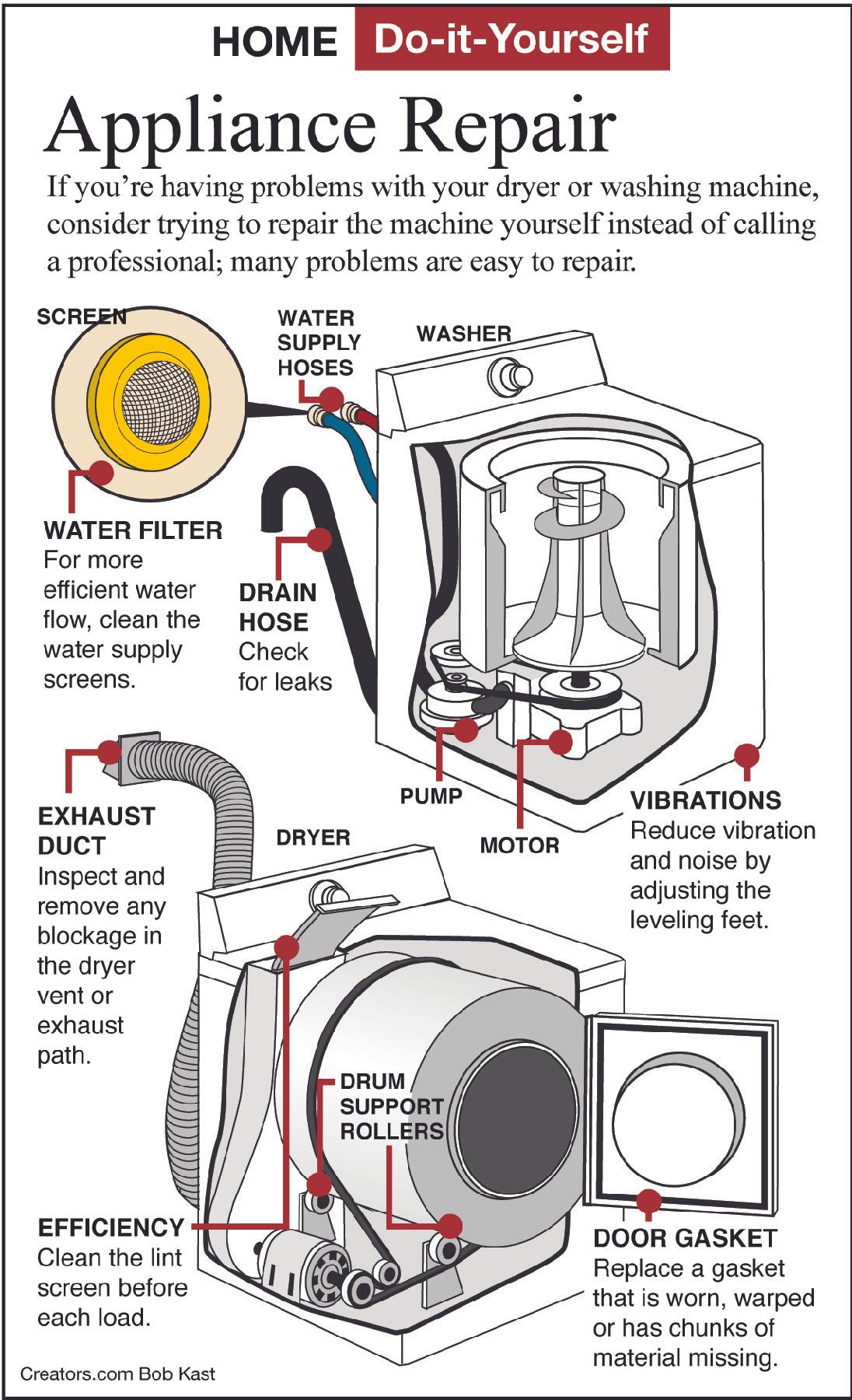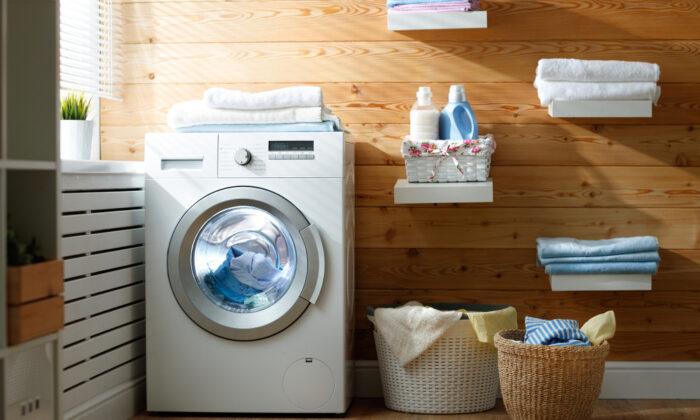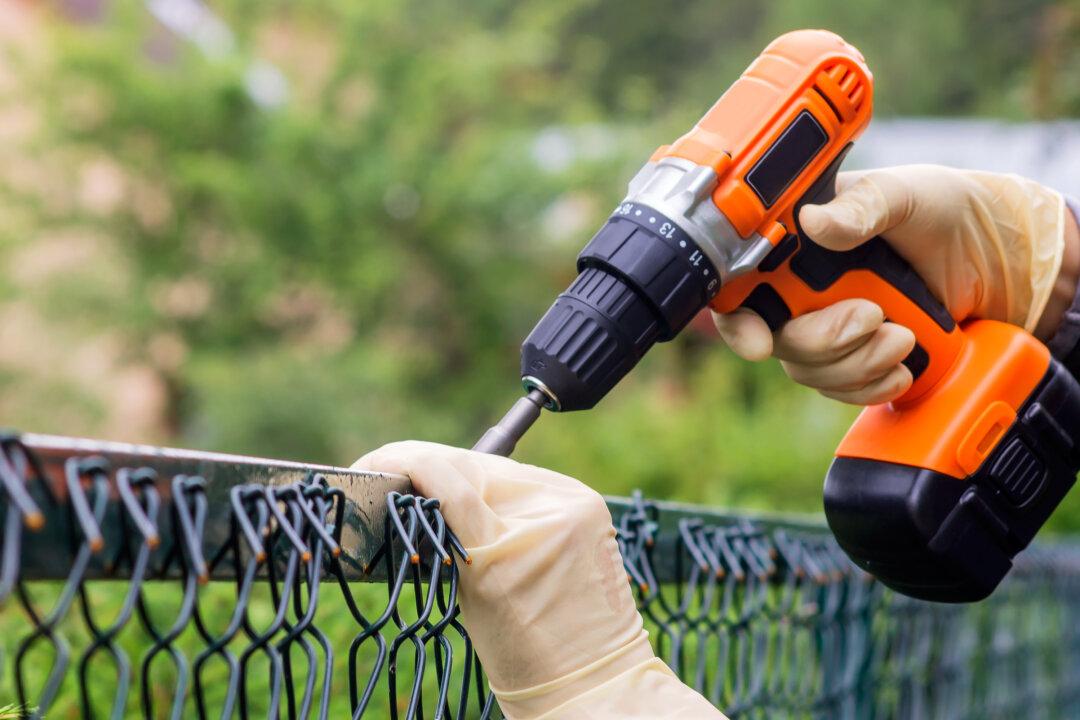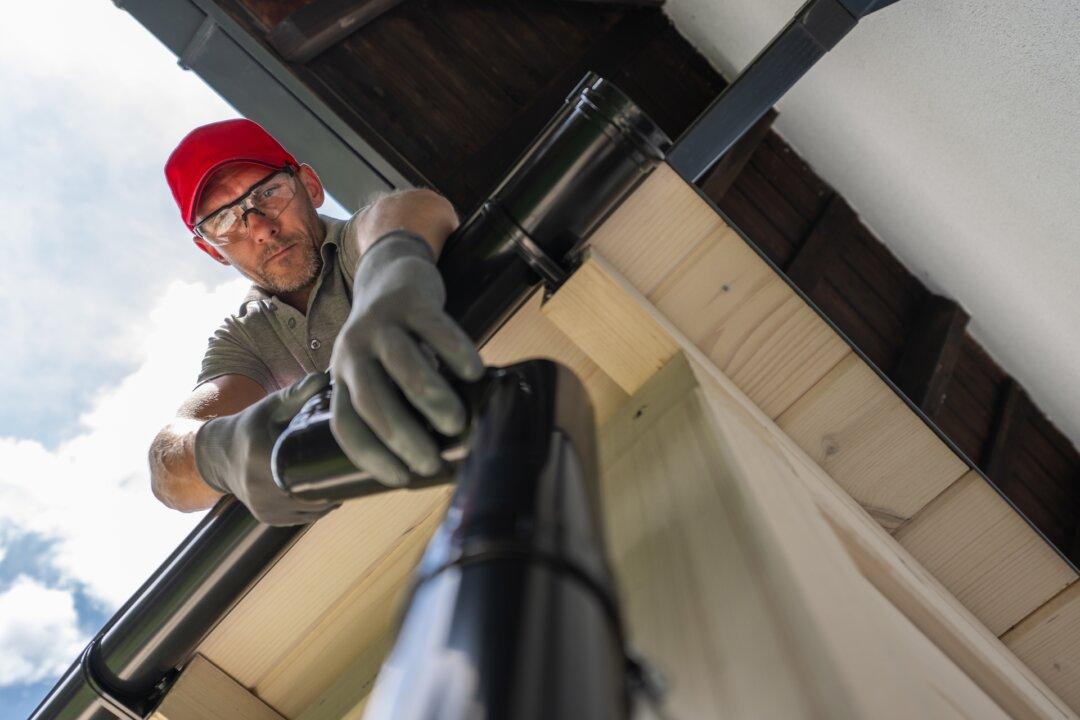There are quite a few moving parts that can fail and leak over years of use, including the drum and the motors to spin the drum and to operate the pumps, valves, and controls/timers. Residential clothes washers are not built as durable as commercial ones in laundromats, so handle the clothes washer with care. Once you have repaired the leak, do some regular maintenance to keep it running well.
When trying to find where a clothes washer leaks, pay attention to exactly where in the cycle you begin to see the leak. The leak may actually occur a slight bit before you see it. The water may puddle somewhere inside the clothes washer before it runs over and you see it.
Since your clothes washer leaks most during the draining and spinning segments of the cycle, the main drain hose is the likely culprit. This hose can deteriorate over time, and leaks in it are not uncommon. Check the condition of the drain hose, and tape any sections that look bad.
If it does not leak the next time you run it, you have found the source of the leak. The tape is only a temporary fix to diagnose the problem, so you should replace the hose. If it is still leaking after the tape is applied, the tub may be cracked or corroded through, or a pump seal may have failed. These problems generally require a service technician to repair them. If the tub is leaky, it may make more economic sense to buy a new washer.
After you have your clothes washer repaired or have purchased a new one, carry out some simple regular maintenance to keep it in good running condition. Every several months, run the washer on the hot water setting with two cups of vinegar. This will soften and loosen deposits throughout the internal plumbing system and allow you to brush off any that you can see. Several companies offer special chemical packs to use for this cleaning.
Keep the bleach and fabric dispenser reservoirs clean. If you can remove them, soak them in hot water and detergent to clean away any residue. If not, use a spray bottle, paper towels, and cotton swabs to clean them out. Check under the top rim of the tub with a damp paper towel. It is difficult to see under there, and quite a lot of residue and dirt can build up there.
While you are in the laundry room, don’t forget the clothes dryer. Clean the lint filter after every load. A dirty filter can reduce the airflow around the clothes, which increases the drying time. Check the inside of the vent duct for lint buildup. Heavy lint buildup inside the duct has been known to catch fire from the dryer heat.






